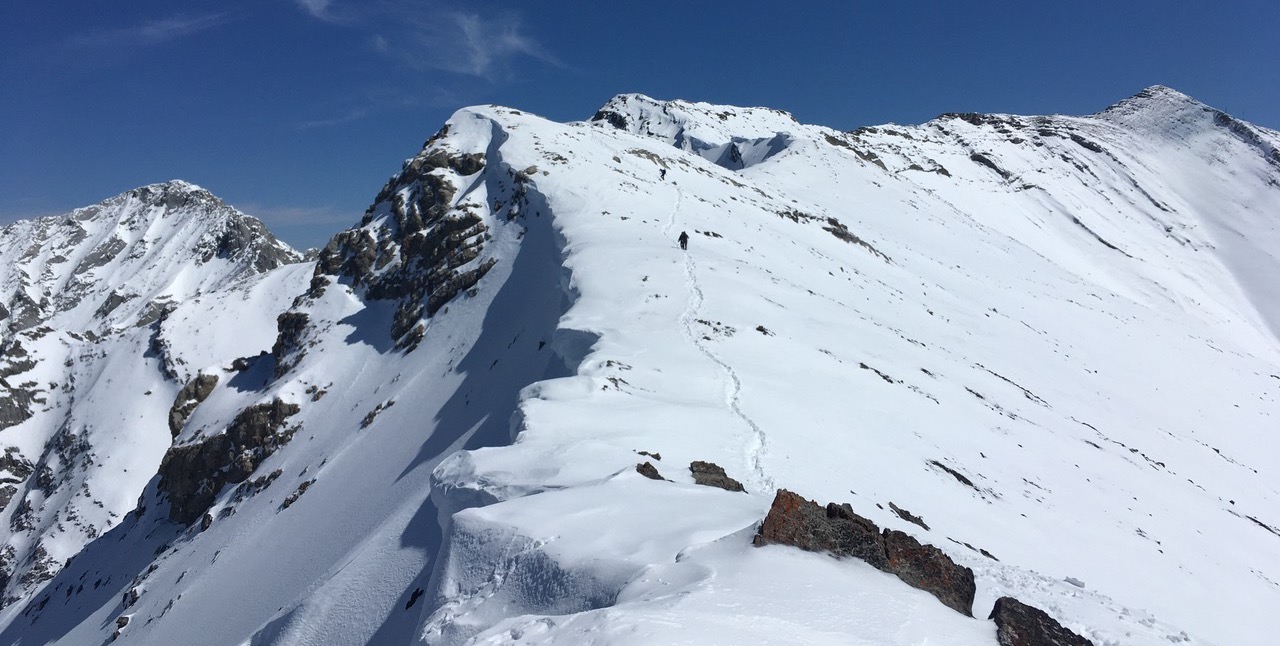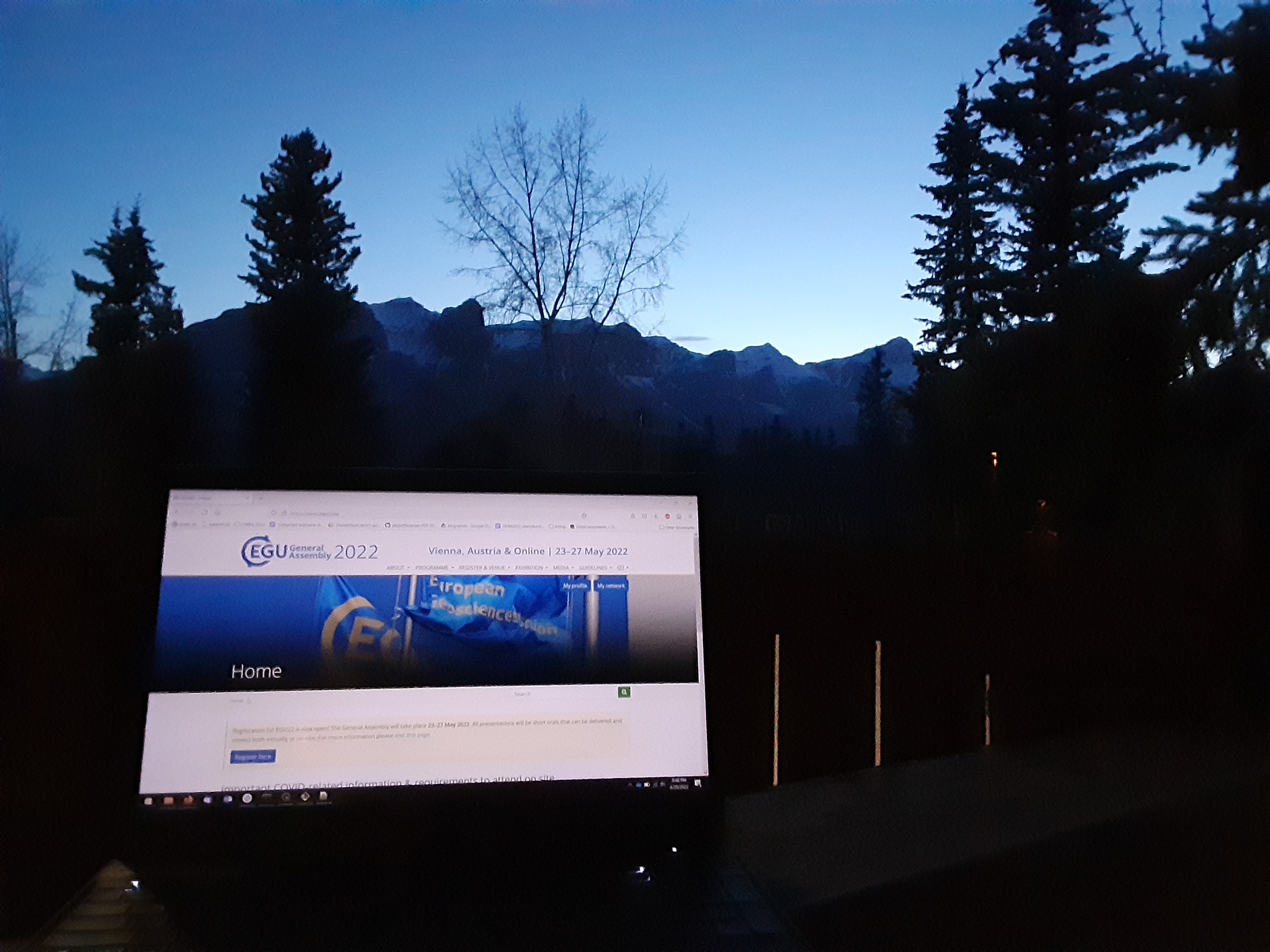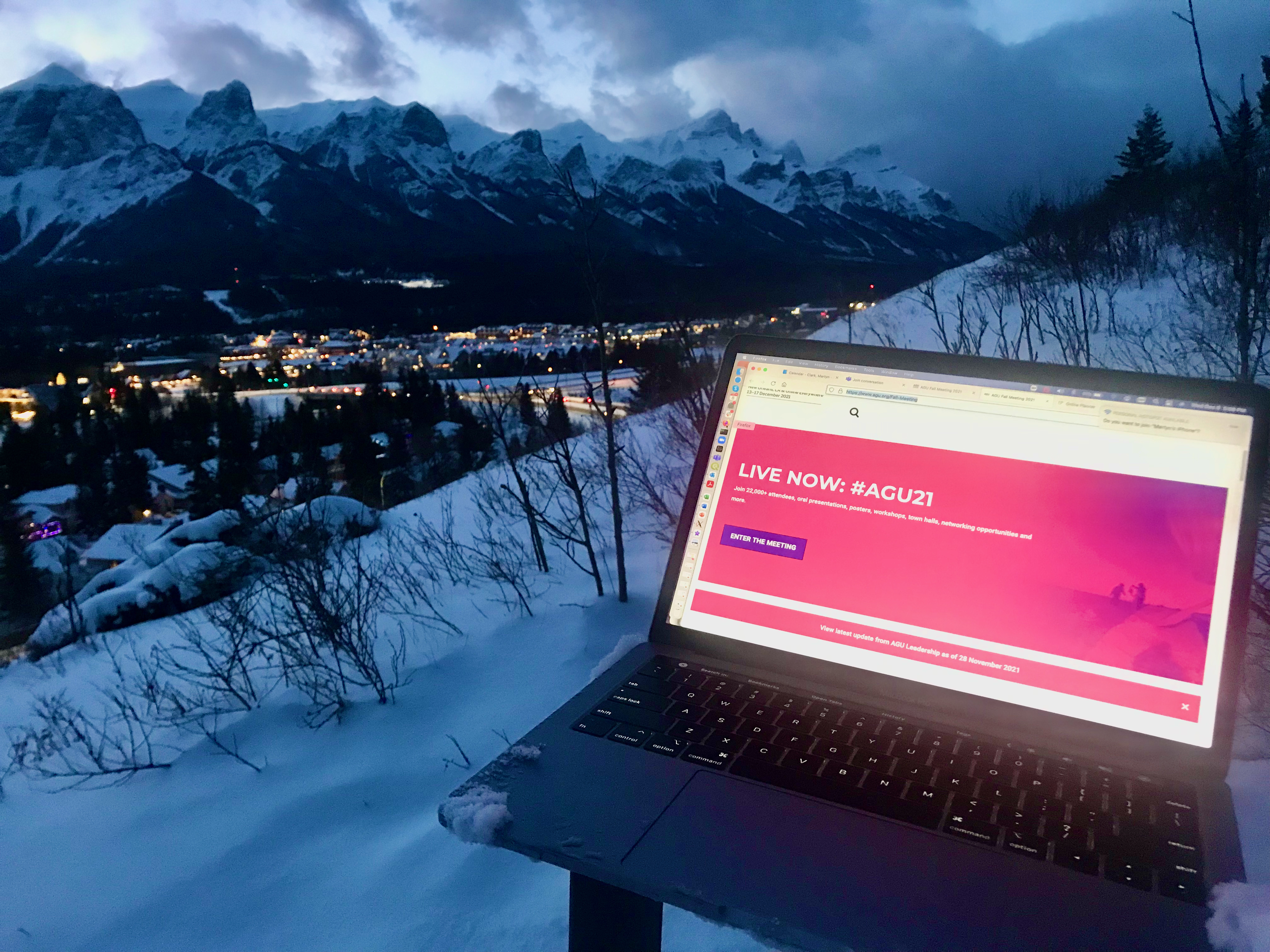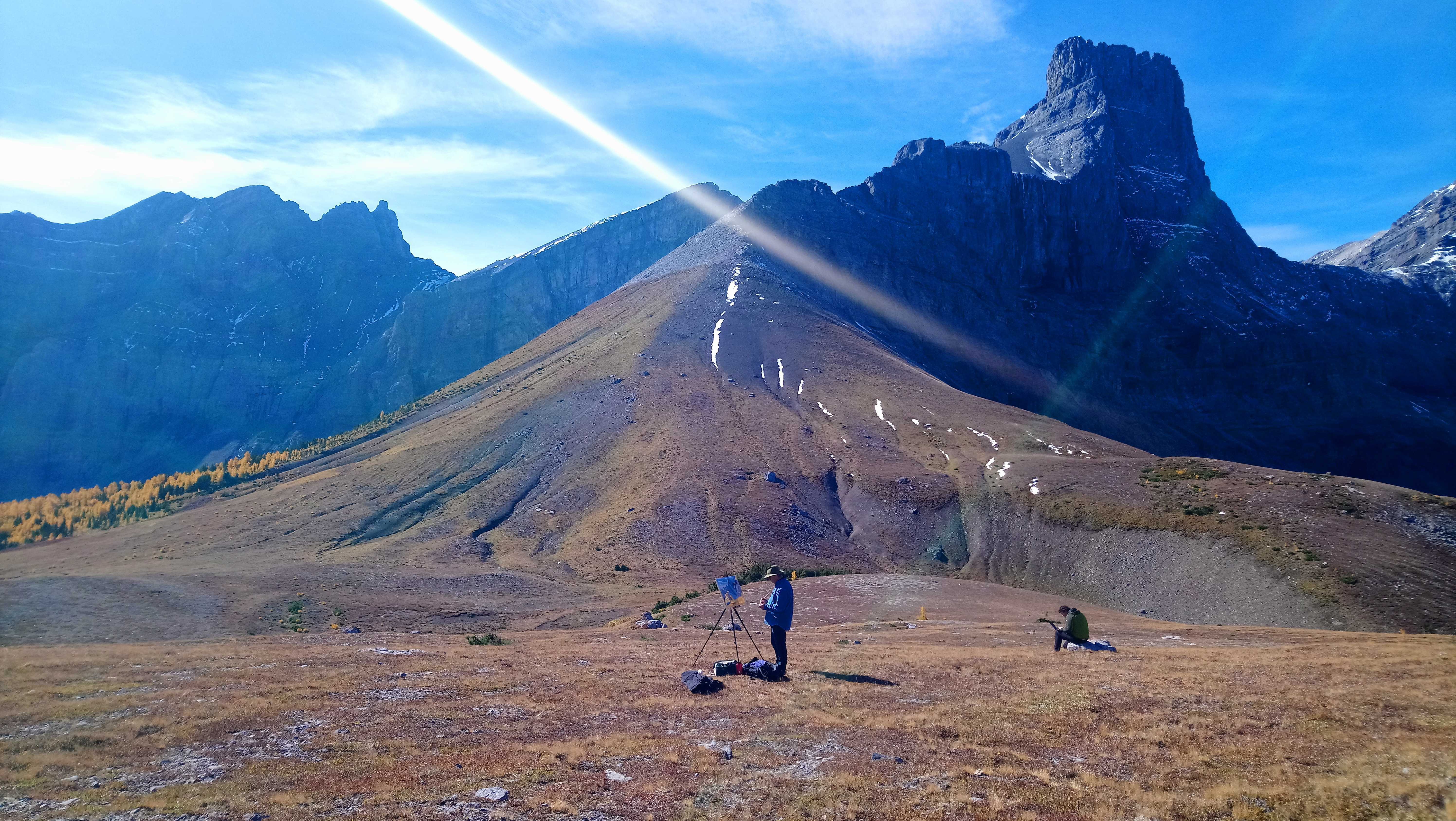
The computational hydrology group is now pretty much in full swing. Most of the team is assembled and engaged in continental-domain hydrological modelling and forecasting, with a focus on advancing prediction capabilities over North America.
Martyn Clark is active in several areas of computational hydrology. His research focuses on large-domain hydrological modelling.
Guoqiang Tang is developing a probabilistic spatial meteorological dataset for North America in order to characterize uncertainties in spatially distributed hydrological model forcings. His research extends previous work by Clark and Slater (2006) and Newman et al. (2015) to condition station-based estimates on reanalysis and satellite data.
Wouter Knoben is developing a comprehensive model-agnostic benchmarking system for North America in order to understand model weaknesses and identify priorities for future model development. Wouter’s current work is configuring the SUMMA model (Clark et al., 2015) for the North American domain in order to provide initial capabilities for continental-domain modelling and to evaluate alternative modelling approaches.
Christian Hart is a research assistant focused on developing model test cases for operational monitoring networks. Christian’s initial work is to configure and evaluate SUMMA for the SnoTEL network.
Shervan Gharari is focused on incorporating lakes and reservoirs in our continental-domain network-based routing model mizuRoute (Mizukami et al., 2016). Shervan’s work is part of a larger collaboration with NCAR to improve river routing in Earth System models and bring in often neglected human dimension in modelling of hydrological cycle.
Louise Arnal has recently joined us after completing a PhD at the University of Reading and ECMWF. Louise is focused on ensemble streamflow prediction, starting with advancing understanding of the sources of predictability in subseasonal-to-seasonal streamflow forecasts across North America. Louise is also advancing science engagement through the fusion of science and art.
Reza Zolfaghari also recently joined us, having recently completed his PhD at McMaster University. Reza is working on improving the numerical implementation of the SUMMA model (Clark et al., 2015), advancing both efficiency and accuracy/robustness through the use of alternative numerical solvers. Reza has a joint appointment with Ray Spiteri in the Computer Science Department at the University of Saskatchewan.
Jim Freer is a Visiting Professor from the University of Bristol, having just started his two-year stint at the Coldwater Lab. Jim is engaged in most of our research thrusts in computational hydrology, with his personal research focused on quantifying uncertainty in streamflow data.
All of our work is made possible by the efforts of Joy Mitsogianni. Joy provides us all with excellent support to keep things running smoothly.
While the team is mostly in place, we do have a couple of openings for students and postdoctoral scholars. Please contact Martyn Clark if you are interested in joining our team!

USask/Canmore Computational Hydrology at CWRA 2022: things not to miss!
Posted on 05 Jun 2022
USask/Canmore Computational Hydrology at EGU 2022: things not to miss!
Posted on 15 May 2022
USask/Canmore Computational Hydrology at AGU 2021: things not to miss!
Posted on 10 Dec 2021 Posted on 01 Oct 2021
Posted on 01 Oct 2021